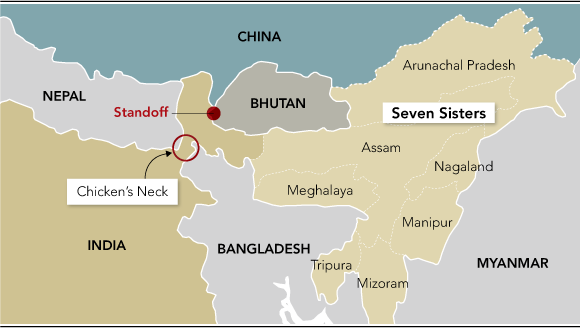7667766266
enquiry@shankarias.in
What is the issue?
How did the face-off begin?
What factors played to heighten India’s concerns?

How did negotiations proceed?
What were the previous incidences in Doklam?
How does the future look?
Source: Indian Express